| Theme |
General Description
|
Big Rainbow
|
0. Rainbow.
You can create a big rainbow on the wall and / or ceiling of a room.
The instrument to make the rainbow consists of a curved mirror and a prism.
Big Rainbow 1
Big Rainbow 2
Big Rainbow 3(Distance=5m & 9m)
Big Rainbow 4(Spectrum of Light)
|
Air pressure
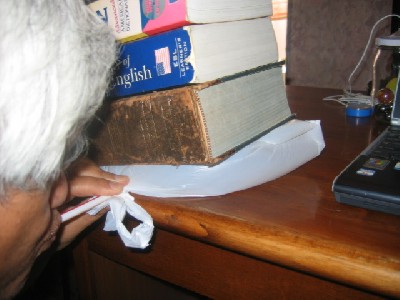 |
1. Magical bag.
Your small amount of air breathing will lift the heavy
dictionaries up.
|
Resonance
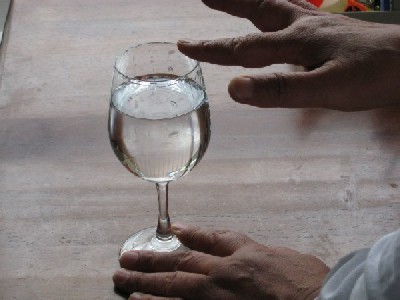 |
2. Music with wine glass.
Rub the edge of a wine glass by your finger
and beautiful sounds will come out.
|
Surface tension
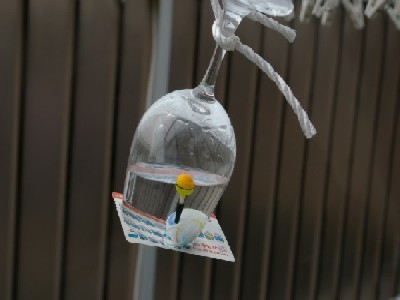 |
3. Surface tension.
Plastic card holds the contents of wine glass even it is
upside down.
Try to use gauze or handkerchief instead of plastic card.
|
Centrifugal force
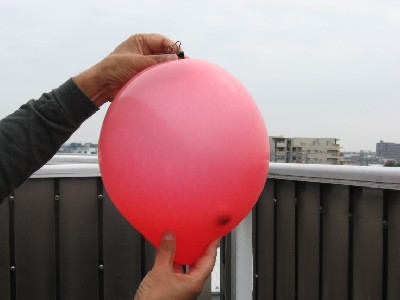 |
4. Pressure by centrifugal force.
Rotate small glass ball in a baloon and you experience the
pushing force at your perm on the surface of the baloon.
|
Magdeburg
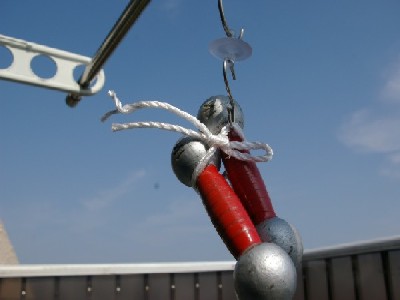 |
5. Magdeburg suction cups.
Sucker will hold heavy iron arrays.
This is famous for Magdeburg hemispheres experiment.
|
Typhoon
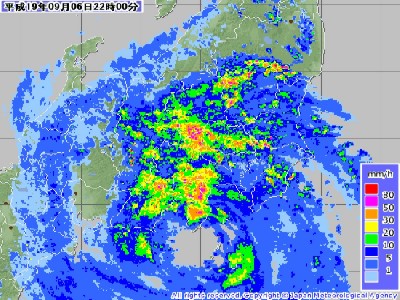 |
6. Typhoon vortex.
Radar chart animation of Typhoon number 0706(JMA)
and, Tama river water level.
Very dangerous. One more story, to drink typhoon's water.
|
Melting ice
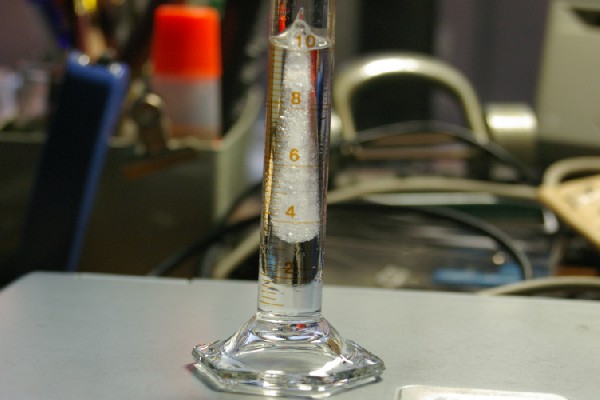 |
7. Melting ice.
Water freeze to ice.
The level of ice top will be 10% higher than water's level.
Ice melts into water.
The water comes back to the original point.
|
Paper plane
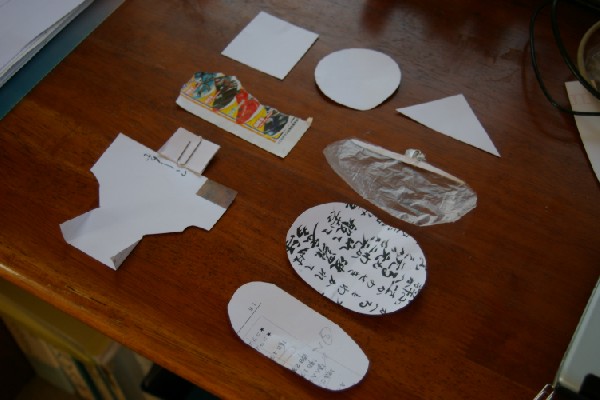 |
8. Paper plane.
Make your own wings with various shape, and attach a little
bit heavy thing(eg. clip) at the head of the wing. Easy to
make but needs for you some trials to get good flight.
|
Coanda effect
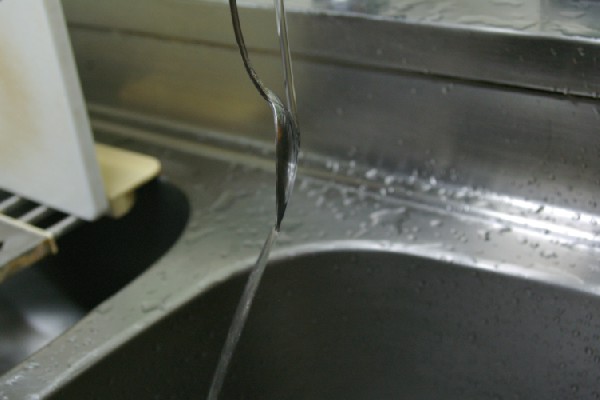 |
9. Coanda effect.
Fluids like air and water flow along the curvature of
object body. This characteristics move the objects towards
the fluids shown by the photo. This phenomena is used for
the explanation of plane's lifting force.
|
Water surface
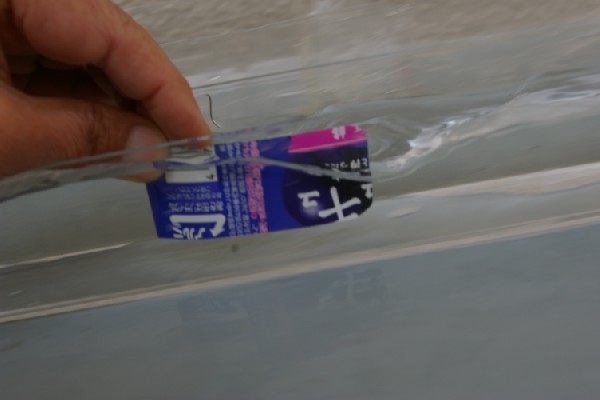 |
10. Water surface is made lower.
Fluid(like awater and/or water) between two ojects flow fast
and the pressure of the fluid decrease.
Very danderous for ships, will causes collision.
|
Lift
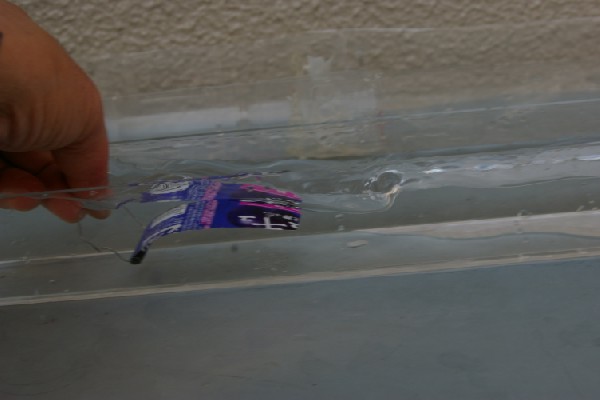 |
11. Lifting force.
Plane's wing curvature lifts wing up in a fluid flow.
This is a case of "Coanda effect."
This experiments gave me 2 to 3cm lower of water surface.
|
Floating ball
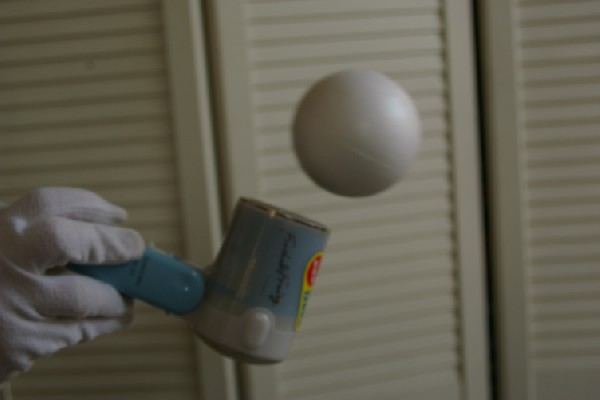 |
12. Floating ball.
The airflow from hair drier hold light plastic ball.
If the ball wants to go away, it is pulled by the air flow.
Air flow has lower pressure, on the otherhand high in the
surrounding air.
|
Wind force
 |
13. Wind force.
Paper wind mill is driven by wind.
Wind rotates toy wind mill and lift up object body.
Wind energy is converted into potential energy.
|
Centrifugal force
 |
14. Centrifugal force.
Rotate bucket with water.
No spill of water when speed becomes apporiate.
Do not lose the rotation speed when the bucket comes
around on your head.
|
Pitot tube
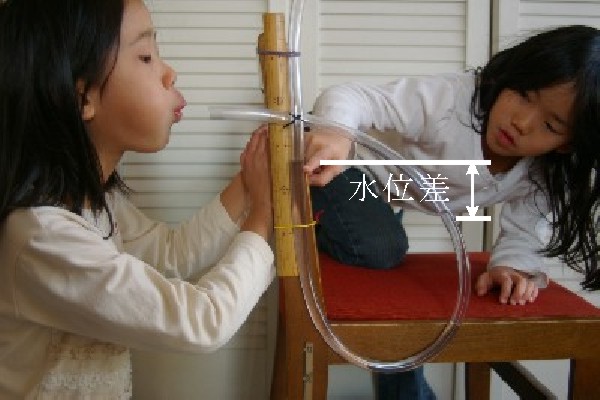 |
15. Pitot tube.
Pitot tube is known to measure the plane's speed.
Air blow from your mouth will lift the water in a tube
up. You can calculate the speed of the blow.
|
Tacoma bridge
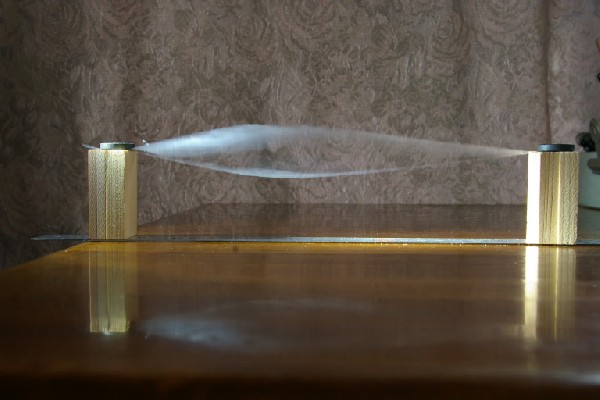 |
16. Tacoma bridge.
The Tacoma bridge is a famous example for resononce
by air flow. Every structure has it's own eigen oscilation
value depending on the individual size. This eigen value
sometimes make resonance to the airflow.
Aftermath, falling down of a bridge.
|
Vortex
 |
17. Vortex growth.
Vortex grows after the object in a air stream. You can
viusualize the movement of air flow using aluminam power
And take photos with appropriate shutter speed(few seconds).
|
Air layer
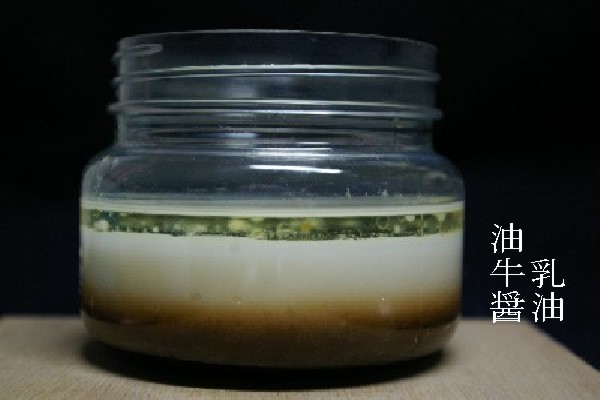 |
18. Air layer.
Density difference makes the discrete layers.
Oil, Milk and Soy source will make the layer.
Keep this order to make good layer.
We live under the actual air layers and sometimes
under the cloud layers.
Density list
|
Cold front
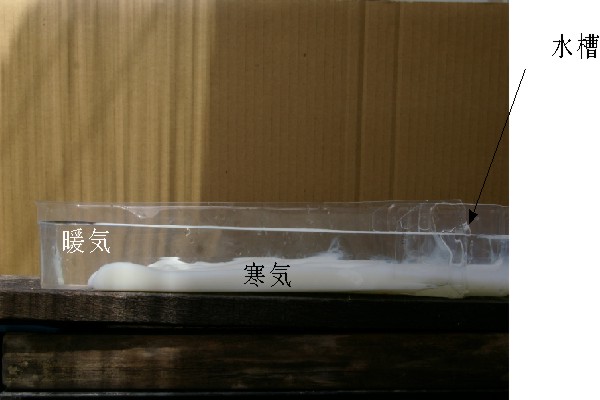 |
19. Cold front
Cold front runs in an real environment.To simulate it,
pour milk at the one end of long water tank.
Milk runs fast without mixing with water.
Consider as milk=cold air, water=warm air.
|
Bennard convection
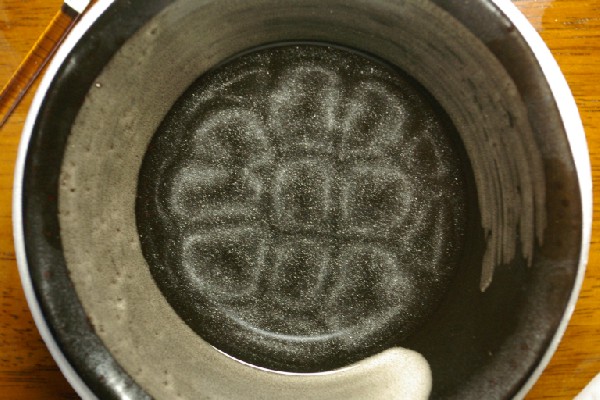 |
20. Bennard convection.
Mix silicon oil and aluminum powder.
Heat it and you will see the movement in a water caused
by warm water rising, and cold water sinking.
Cu cloud is considered as a product of Bennard convection.
another photos pf Bennard convection
|
Convection
 |
21. Convection.
Visualization of heat convection with aluminum powder mixed
by 10cm hight of water. Heat it at the center bottom.
Camera shutter speed 6 sec.
|
Karman vortex
 |
22. Karman vortex.
Vortex street is generated after the mountain lee side in
air flow, which is seen at Mt.Halla(Korea) and Mt. Yaku(Japan).
Mix aluminum powder with water. Pull cylindrical rod in the
water and you will see a street of vortex.
|
Westerlies
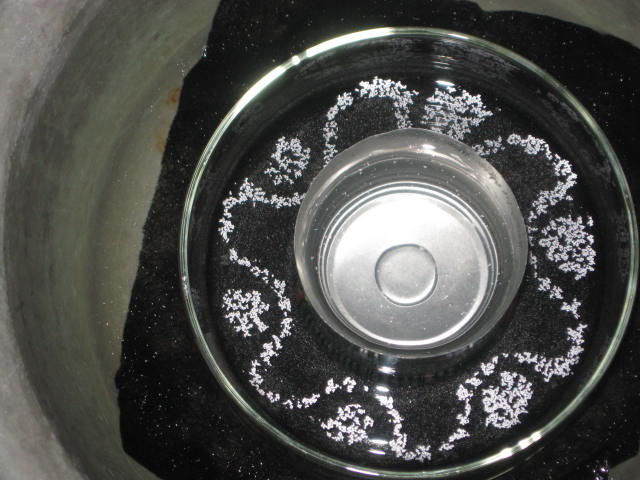 |
23. Westerlies(Baroclinic Instability Wave).
Westerlies is generated in the mid latitude of our globe
caused by the thermal difference between low and high latutudes
and the rotation of the Earth. You can see usually four to six
waves in the experiment. More photoes. more.
|
Tornado
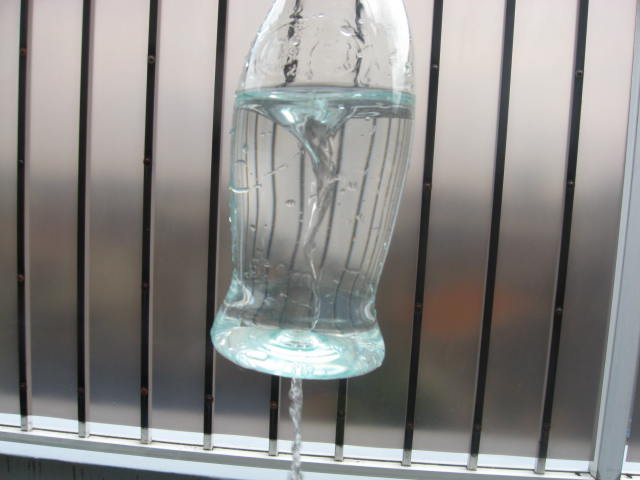 |
24. Tornado.
A tornado touches down onto the bottom in a plastic bottle.
Many way of making tornados are known, but my method maybe
the first one in the world.
How do you do to make it touch down ? More photoes.
|
Spindown
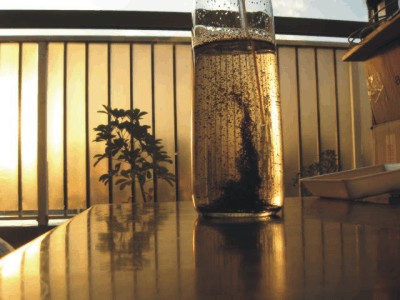 |
25. Spindown.
You can create an upstream tornado in a bottle by rotating the bottle
which contains water and used tea leaves, The centrifugal force and
pressure differende in the bottle will make the vortex.
|